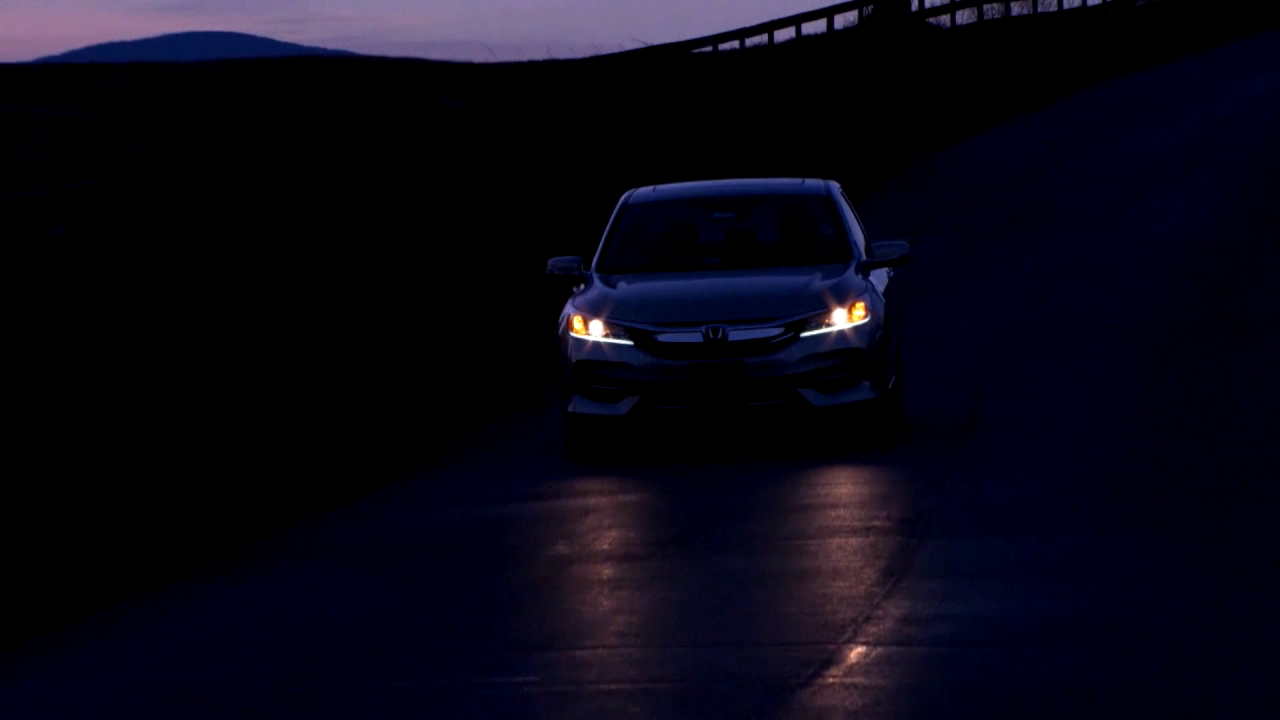- “Can we just get vehicles with decent headlights?”
Only one out of 31 midsize cars studied by the Insurance Institute for Highway Safety, had headlights it considered “good,” according to its study recently released.
“Contrary to what people might think, poor headlight performance is not exclusive to cheaper cars. IIHS found that many of the industry’s luxury midsize cars perform just as poorly as mainstream models, or even worse, with a luxury BMW model posting the lowest score.”
It’s more than a convenience problem, writes Nathan Bomey, of USA Today. Visibility issues create a safety hazard, ranging from excessive glare to insufficient illumination.
Taken directly from the USA Today article >
“With about half of traffic deaths occurring either in the dark or in dawn or dusk conditions, improved headlights have the potential to bring about substantial reductions in fatalities,” IIHS said.
John Whiteside, 54, of Rock Hill, Calif., said excessive glare from oncoming vehicles is a big problem when he drives his 2002 Toyota Camry. “I have to literally turn my head a little bit to look away,” Whiteside said. “It can blind you.”
The study also brought attention to the fact that U.S. auto-safety regulators have left headlight regulations largely untouched for a half century, thus prohibiting certain new technologies that would light the roadway better while reducing glare.
The National Highway Traffic Safety Administration, responding to the IIHS report, noted that its proposed overhaul of its five-star safety ratings will depend partially on vehicles’ use of lower-beam headlights, semi-automatic beam switching and amber rear turn signal lights — technologies that are supposed to improve visibility for the driver and other motorists.
“Basically, we agree headlights can and should be stronger,” NHTSA spokesman Bryan Thomas said.
Since it’s the auto industry, there are often many different headlight options available through various packages on vehicles. So IIHS evaluated every possible combination in several scenarios, including traveling straight, veering left sharply or gradually and veering right sharply or gradually.
After assessing 82 possible combinations in 31 vehicles, the non-profit said only one — the Toyota Prius v with the highest trim level — qualified as “good.” That light combo is available only with the advanced technology package, which includes LED lights and high-beam assist. The standard model, which comes with halogen lights and no high-beam assist, gets a poor rating.
Eleven models’ best option qualified as “acceptable,” while nine were “marginal” and 10 were “poor.”
If want to read more of this article, you can find it here > https://usat.ly/2sEcDDL





